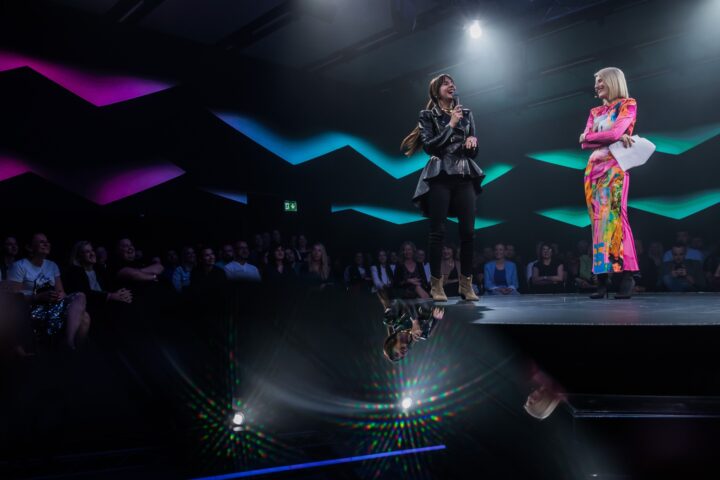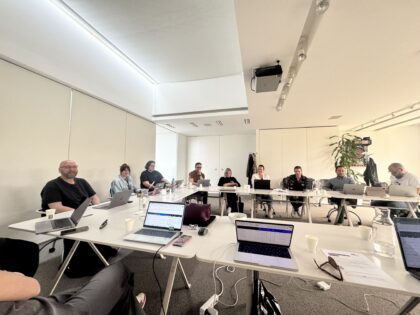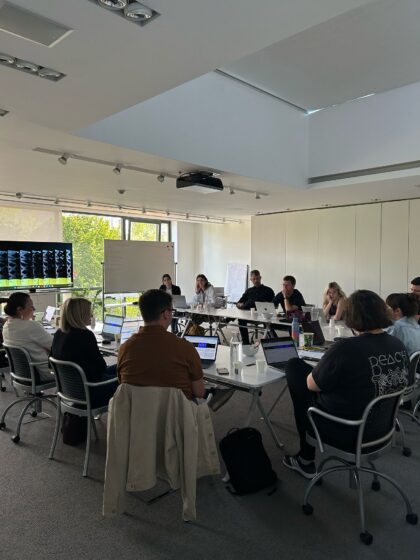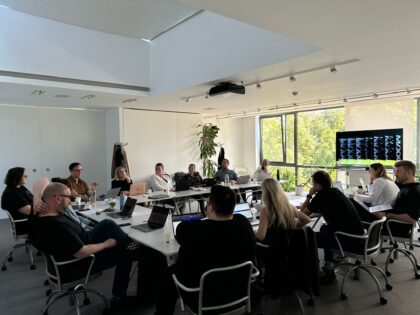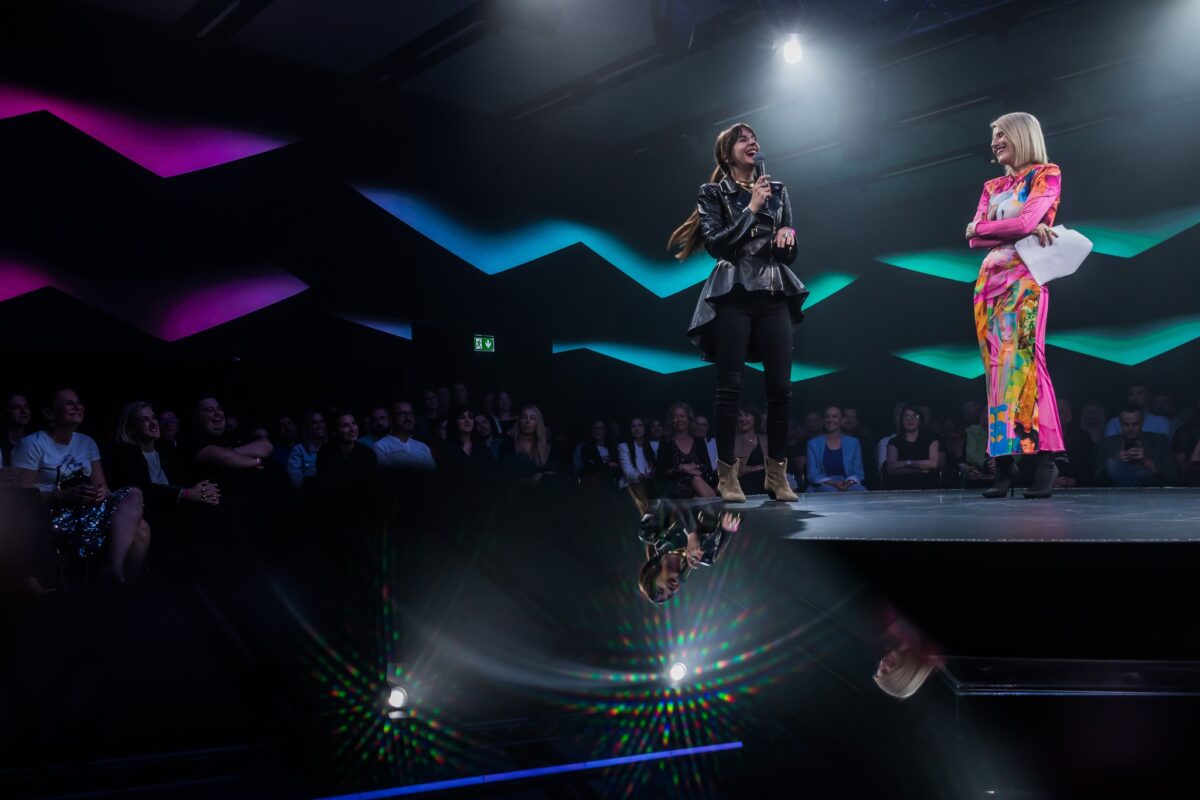Inside the MIXX Machine: How Awards Really Get Won (And Lost)
For the first time, I was on the MIXX awards jury – so here are some interesting observations I picked up along the way.
Until now, I hadn’t spent much time at marketing conferences or awards ceremonies; and honestly – I’ll admit it – I used to think the industry just hands out trophies to itself. A pretty big misconception on my part 👇
The MIXX judging process is split into two rounds. The first round is, as devs would say, “asynchronous”: every jury member goes through a spreadsheet, reads the application text (about 500 words), and then watches a one-minute application video or PowerPoint. There were about 170 entries (some duplicated across categories), and I spent about 5–10 minutes on each one. The whole process of the first round of judging is honestly exhausting – you have to concentrate and silently stare at black-and-white marketing lingo that keeps repeating line after line, so it’s definitely better to split the jury work into, say, 4 hours a day over 4 days rather than plowing through the entire table at once.
Now, each jury member is required to recuse themselves from judging a project if it’s their client, “spouse,” or both. In my case that were Neuralab clients and partners: BIPA and Infobip. There could be some edge cases here, but that’s why you’re welcome in the second round of judging. Once everyone fills out their spreadsheet, all jury members meet at a single (physical) location and then discuss the finalists.
The discussion is highly structured in terms of form. We had pretty much a full working day – over those 8 to 10 hours, we had to go through all the finalists, which again leaves about 5–10 minutes per project. But in terms of content and quality, the discussion isn’t really structured. I think about 70 applications made it to this second round, and here the jury once again goes through each case individually, this time synchronously 😎, commenting on all aspects of the campaigns – whatever each member thinks is important. A few notes about this second round of judging:
- The truly great projects immediately stood out: Audiobook, a real cross-digital effort 🖖; Marodi’s storytelling; the use of audio GenAI at INA; Guc’s eye-popping bottle-cap or Kaufland’s firefighters. Sorry if I forgot anyone, but everyone who won an award truly deserved it – and that was obvious throughout the whole judging process.
- Which maybe brings me to the main point here: if you have an average or even a very good project, there’s no “conspiratorial Anakin Jedi Force,” cake, or bribery that can torpedo it to a win. In most categories, the jury actually had a pretty easy job because the quality of the submissions was excellent.
- What surprised me in the second round – but now totally makes sense – is that the jury’s scores are still kept secret from each other. Meaning, we found out who the winners were at the same moment as everyone else at the Days of Communication / Dani Komunikacija 2025
And here’s what you can definitely do to boost your chances at MIXX 2026:
Submit the most realistic and thoroughly explained budgets you can. I know this is sometimes impossible, but you really need to massage the client to include more detailed breakdowns for the submitted project. I mean, there were entries where it was obvious that hundreds of thousands of euros had gone into video production, only for the spreadsheet to claim, “we only spent 5,000 EUR on influencer marketing.” On the other hand, maybe only 10% of entries had a well-explained budget. In short, a well-explained budget is a big opportunity for your submission.
Use objective year-over-year comparative numbers. For example, the jury finds it much more helpful if you say, “In 2025, we achieved 1,500 conversions; in 2026, 1,890 conversions,” than if you push statements like, “the campaign achieved 192% growth.” 🙄
Don’t try to fool the jury or the market. Sure, a client who makes batteries – and occasionally hyper-electric cars for sheikhs – can claim their EV will one day become a classic car; but as an agency or freelancer, you have a duty/responsibility to tell the client, “Come on, Mate, take it down a notch,” show him the Dubai Graveyard of hypercars, and maybe hand him a consolation Brokula & Ž hoodie.
MIXX is an award that promotes the development and innovation of the Croatian digital industry, so make sure you emphasize (cross- or omni-) digital use and, more importantly, integration with digital. For example, (otherwise excellent) Marodi fell a bit short here. This especially applies to the WEB part, which brings me to my personal favorite RANT.
The WEB category was honestly disappointing. For starters, Accessibility (A11Y): None of the finalists – except maybe Mater’s Lino EU with its impressive DARK MODE – had Accessibility controls. In my opinion, MIXX shouldn’t even be awarding projects next year that ignore A11Y. I don’t have enough space here to write about why that’s so important, but Ana Vitlov (Neuralab PM) has written extensively on accessibility.
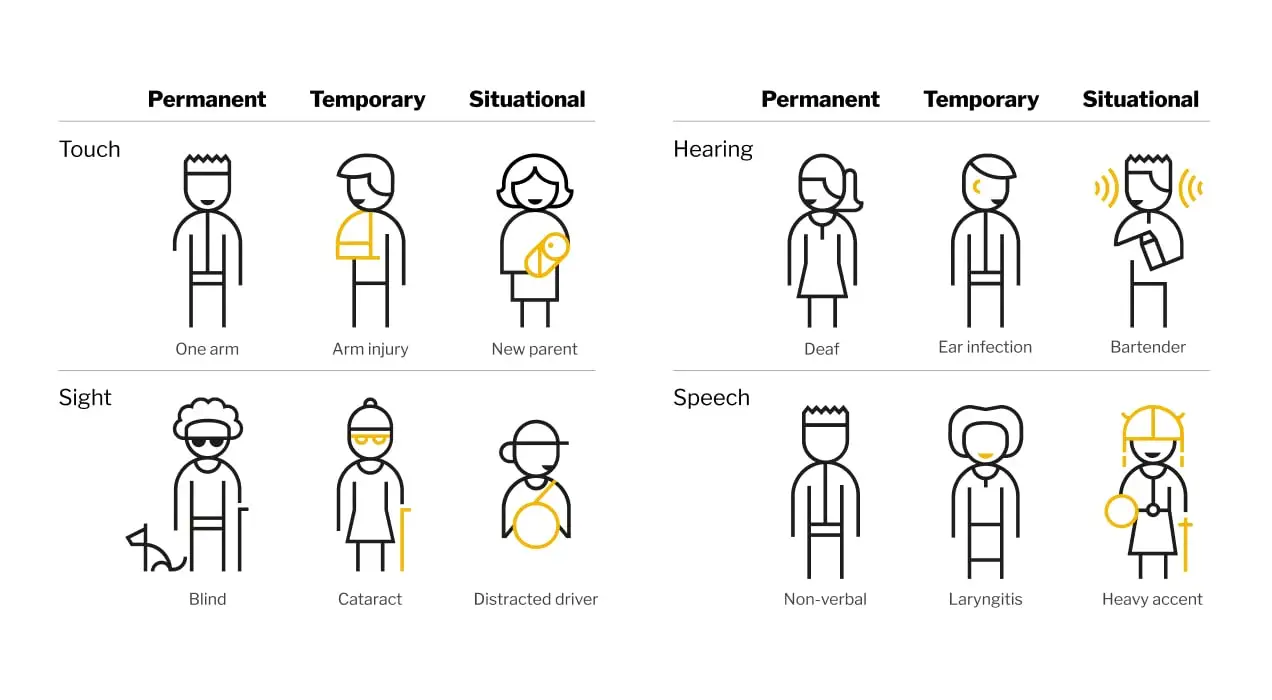
There were also some strictly technical shortcomings, like people submitting (ultimately awarded) websites that weren’t fully translated, 14-second loading times, etc. All in all, if winners like Marodi, INA, Kaufland, Guc, Saponia TikTok, and Audiobook were the “Avengers Assemble” moment for Croatian digital, then the MIXX web category was a rather sniffly Loki.
And one subjective note: All submitted web projects, in terms of UX/UI paradigms, were “standardized” (aka, template-like) solutions. Đuro and I had a debate like, “yeah, but that means predictable UX for users,” and there’s some truth to that. But the need for predictable UX doesn’t mean a lack of innovation and general laziness or indifference in the design and programming of a project. As one DK panel put it, “Nothing is Punk Anymore.”

In my opinion, the MIXX award should encourage a shift in the industry and pushing outside the excessive corporatism box. And being “punk” on the web is maybe the biggest opportunity for the next MIXX.
p.s. Major kudos to the whole MIXX jury for a lion’s share of work, especially to the heads Nela Fegić Moguljak + Nebojša Grbačić + Eva Trstenjak




